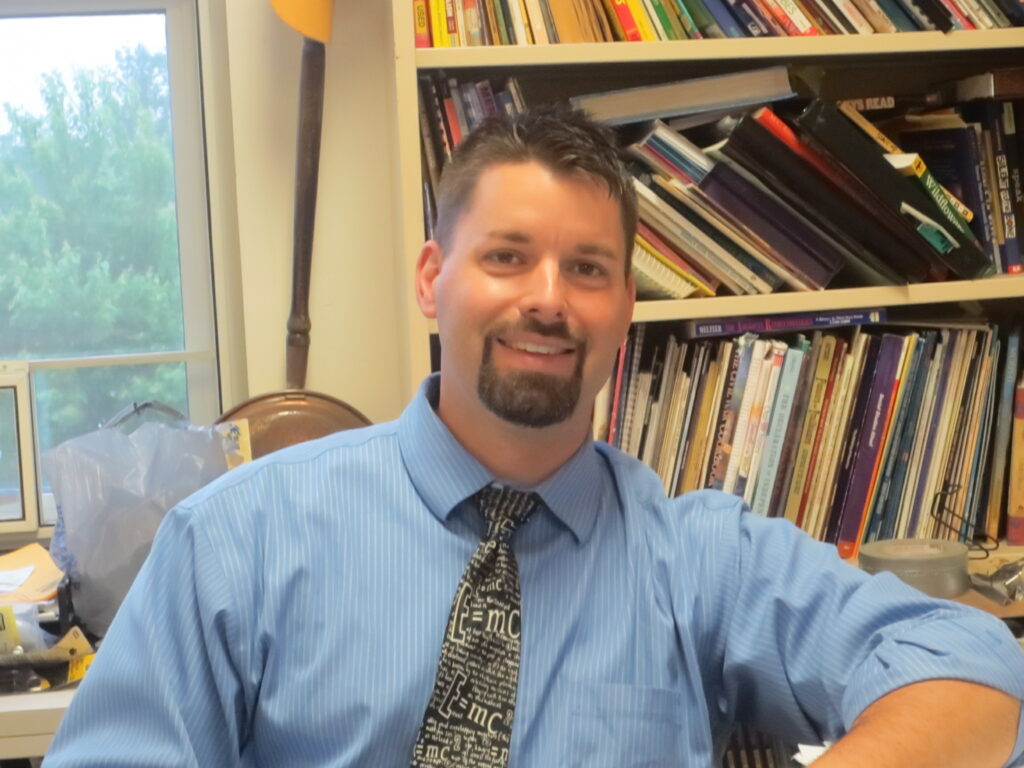October 1, 2021
As anyone in the culinary world will tell you, presentation is everything. World famous restaurants with multiple Michelin stars put as much effort into presentation as they do in preparing the food.
Science teachers could learn something from chefs. I’m not talking about adding flashy multimedia and explosions. The goal isn’t to entertain… but to take a few extra steps that will help our students stay involved. How do we do that?
A great place to start is integration. Science teachers think about science. What if we begin to think of ways to bring in social studies, reading, writing, and math to help with the presentation of our science lessons? What if a meaningful project could allow students to apply their new learning in myriad areas? Let me give you an example.
Read the rest of this entry »
 Leave a Comment » |
Leave a Comment » |  density, Elementary level, experiments, High School level, Middle School level, STEM | Tagged: buoyancy, density, DIY, Educational Innovations, force, homeschooling, science, STEM |
density, Elementary level, experiments, High School level, Middle School level, STEM | Tagged: buoyancy, density, DIY, Educational Innovations, force, homeschooling, science, STEM |  Permalink
Permalink
 Posted by Donna Giachetti
Posted by Donna Giachetti
August 28, 2020
I studied Spanish from kindergarten through college. Used to be, I could speak and write fairly fluently. These days I’m a bit rusty but—like the old saying about getting back on a bicycle—the skill does come back with a bit of practice.
Read the rest of this entry »
 Leave a Comment » |
Leave a Comment » |  About Us, Biology, density, Elementary level, experiments, High School level, Middle School level, Physics | Tagged: Educational Innovations, fun experiments, parent friendly, Spanish, summer science |
About Us, Biology, density, Elementary level, experiments, High School level, Middle School level, Physics | Tagged: Educational Innovations, fun experiments, parent friendly, Spanish, summer science |  Permalink
Permalink
 Posted by Donna Giachetti
Posted by Donna Giachetti
July 28, 2017
 by Linda Dunnavant
by Linda Dunnavant
The ZigZag Density Tumbler is an elegant desk “toy” and much more. Turn the tumbler over and watch two different colors of droplets float down in a relaxing zigzag pattern. I like to keep mine on my desk. I often pick it up and watch it while I clear my head. Not only is the tumbler a soothing, relaxing activity for busy adults, but it also provides so many possibilities for calming, inspiring, and teaching students. Read the rest of this entry »
 Leave a Comment » |
Leave a Comment » |  Chemistry, College level, density, Elementary level, energy, High School level, Middle School level, Physics | Tagged: density, Educational Innovations, force and motion, fun experiments, hands-on activity, homeschool, kinetic energy, parent friendly, PBL, PhBL, PhenoBL, phenomenon based learning, Physics, science, STEM, variables |
Chemistry, College level, density, Elementary level, energy, High School level, Middle School level, Physics | Tagged: density, Educational Innovations, force and motion, fun experiments, hands-on activity, homeschool, kinetic energy, parent friendly, PBL, PhBL, PhenoBL, phenomenon based learning, Physics, science, STEM, variables |  Permalink
Permalink
 Posted by Donna Giachetti
Posted by Donna Giachetti
October 7, 2016
 by Dr. Kenneth Lyle
by Dr. Kenneth Lyle
The demonstration
The Poly Density Bottle is a fascinating demonstration primarily due to the phenomena being counterintuitive to what one would expect. The bottle containing white and blue beads suspended in a clear and colorless liquid is shaken vigorously, distributing the beads randomly throughout (bottle A). Upon standing, the beads separate from one another (bottle B) with the white rising to the surface while the blue sink to the bottom (bottle C). Then, the two sets of beads move towards one another (bottle D) meeting near the middle (bottle E). This demonstration can be easily repeated again and again. And, once prepared, it can be stored for subsequent use year after year. No additional preparation is required. Read the rest of this entry »
 2 Comments |
2 Comments |  Chemistry, College level, density, Elementary level, experiments, High School level, Middle School level | Tagged: density, discrepant event, DIY, Educational Innovations, hands-on activity, homeschool, parent friendly, PBL, phenomenon based learning, phenomenon-based science, science |
Chemistry, College level, density, Elementary level, experiments, High School level, Middle School level | Tagged: density, discrepant event, DIY, Educational Innovations, hands-on activity, homeschool, parent friendly, PBL, phenomenon based learning, phenomenon-based science, science |  Permalink
Permalink
 Posted by Donna Giachetti
Posted by Donna Giachetti
September 23, 2016
 By Ken Byrne
By Ken Byrne
Someone once told me that all magic is science, and all science is magic. To me, a magic show is a series of puzzles for me to solve, trying to figure out just how they pulled off an illusion. My favorite science demonstrations are much the same. I love those demonstrations that make me scratch my head and ask, “Why?”
Here is one of my favorites that is easy and inexpensive. It feels like a magic trick, but it is all science. It simply involves rolling a cylinder down an inclined plane. Sometimes the cylinder will roll down quickly. Other times it will crawl down slowly. Read the rest of this entry »
 Leave a Comment » |
Leave a Comment » |  Chemistry, College level, density, Elementary level, experiments, High School level, Middle School level | Tagged: density, discrepant event, DIY, Educational Innovations, experiments, fun experiments, hands-on activity, homeschool, parent friendly, PBL, phenomenon based learning, phenomenon-based science, science, STEM |
Chemistry, College level, density, Elementary level, experiments, High School level, Middle School level | Tagged: density, discrepant event, DIY, Educational Innovations, experiments, fun experiments, hands-on activity, homeschool, parent friendly, PBL, phenomenon based learning, phenomenon-based science, science, STEM |  Permalink
Permalink
 Posted by Donna Giachetti
Posted by Donna Giachetti




 Posted by Donna Giachetti
Posted by Donna Giachetti 
 by Linda Dunnavant
by Linda Dunnavant by Dr. Kenneth Lyle
by Dr. Kenneth Lyle By Ken Byrne
By Ken Byrne